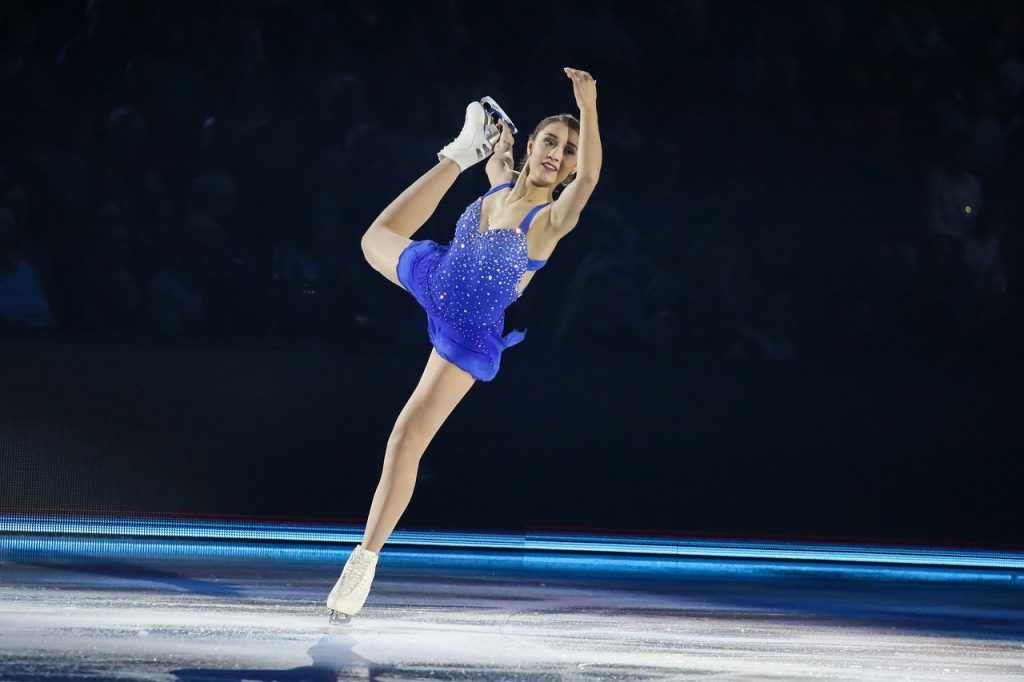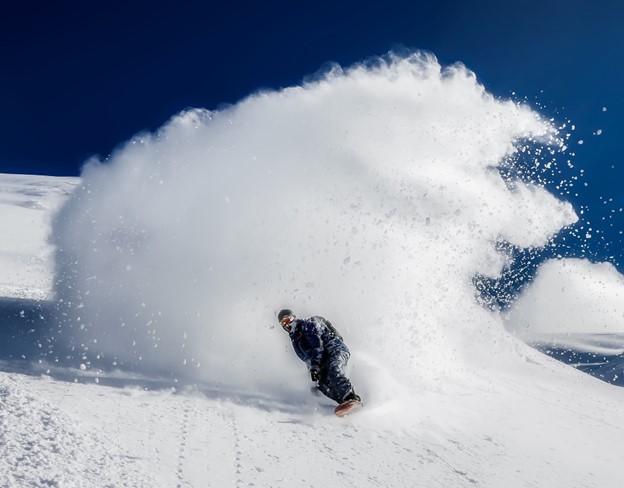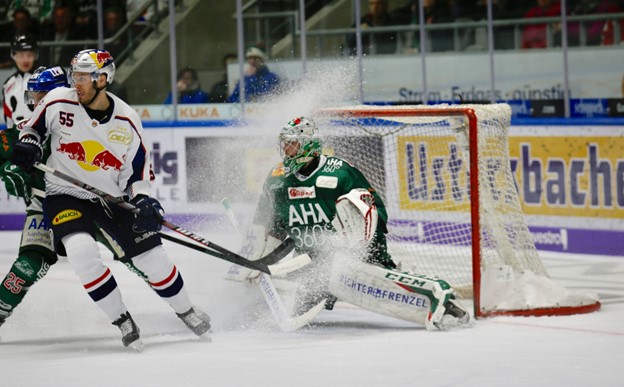What are the most popular winter olympic sports?
As much as some of us might regard winter as the time to hibernate and snuggle under the covers, for many athletes and sports fanatics, the seasonal calendar may be flipped and winter is actually their busiest season.
Although popular winter Olympic sports may vary depending on contributing factors such as which country is hosting, the amount of media coverage as well as the popularity of a single sport in different regions.
Here is a list of the top 12 most popular winter Olympic sports in the USA (in no particular order) based on data provided prior to the 2022 Beijing Winter Olympics unless stated otherwise:
1. Figure Skating – A survey from December 2021 found that figure skating was the most followed winter sport of the Olympics. In 1908 it was part of the Summer Olympic Games, but later in 1924 it was moved to the Winter Games. Figure Skating was one of the first sports with a category for women and until 1936 it was the only Winter Olympic sport with women competitors. 40% of survey participants favored figure skating, making it the most popular Olympic sport.

2. Alpine Skiing – a signature competition of the Winter Olympics since 1948. The sport involves the downhill skiing of a snow-covered slope with minimal turns and maximum speeds reaching up until 130 km/h. Alpine skiers don’t race each other, instead it is a time trial sport. Skiing is also known as one of the sports that causes the most injuries, making it quite a high-risk sport, resulting in an exhilarating watch.
3. Ice Hockey – Traditionally a fan favorite since its introduction to the Olympics in 1920 and it was permanently moved to the Winter Olympics in 1924. The first female tournament was held in 1988.
4. Snowboarding – snowboarding is one of those unconventional sports that came out of the shadows and into the Olympic games. It is deemed a radical sport in that in becoming popular in North America in the 70s and 80s, as it was a product of the youth rejecting organised sport, according to The Conversation. In the 2002 Winter Olympics, snowboarding saw 32% of the US population tuning in to the halfpipe competition – that totals 92 million people!

5. Freestyle Skiing – as a relatively new Olympic sport, having only joined the Olympics in 1992, freestyle skiing include disciplines like moguls, aerials, and ski cross.
6. Cross-Country Skiing – introduced to the Winter Olympics in 1924, cross-country skiing uses skis in diagonal strides.The women’s Olympic competition only began in 1952.
7. Biathlon – Biathlon is the most popular winter sport on European TV, with 40,000 spectators watching live, but the US is quickly catching up. The main objective in biathlon is to ski at a high speed and then to hit five targets at the rifle range, but the trick is to do so at the fastest rate.
8. Speed Skating – is the third most popular winter Olympic sport with a third of Olympics fans following the competition. Speed skating is most popular in the Nederlands, as the Internation Skating Union (ISU) was born there in 1892, but the sport only entered the winter Olympics in 1924.
9. Curling – the only sport with more female competitors than male. The sport involves combining bowling and shuffleboard with granite stones and brooms on ice. Although played on ice, players don’t wear skates as is the case with other ice-bound sports. It is quite a physically challenging sport.

10. Ski jumping – 35% of Olympic fans that are male enjoy ski jumping, with a slightly less percentage of women (30%) watching the sport in the US. Since it was introduced to the Winter Olympic games in 1964, no athlete has managed to defend their title. Ski jumping is also considered to be one of the mos dangerous sports in the world as jumpers can reach up to speeds of 90 miles per hour.
11. Bobsleigh – or bobsled was introduced to the Winter Olympics in 1924 and has 27% interest from Olympic fans. Women’s bobsleigh only entered the Olympics in 2002.
12. Ice hockey – The first Winter Olympic tournament took place in 1924. The men’s tournament had 12 teams competing, while the women’s tournament had 10 for the first time. Prior to this move, the women’s tournament had 8 and increased by two from 2018.

